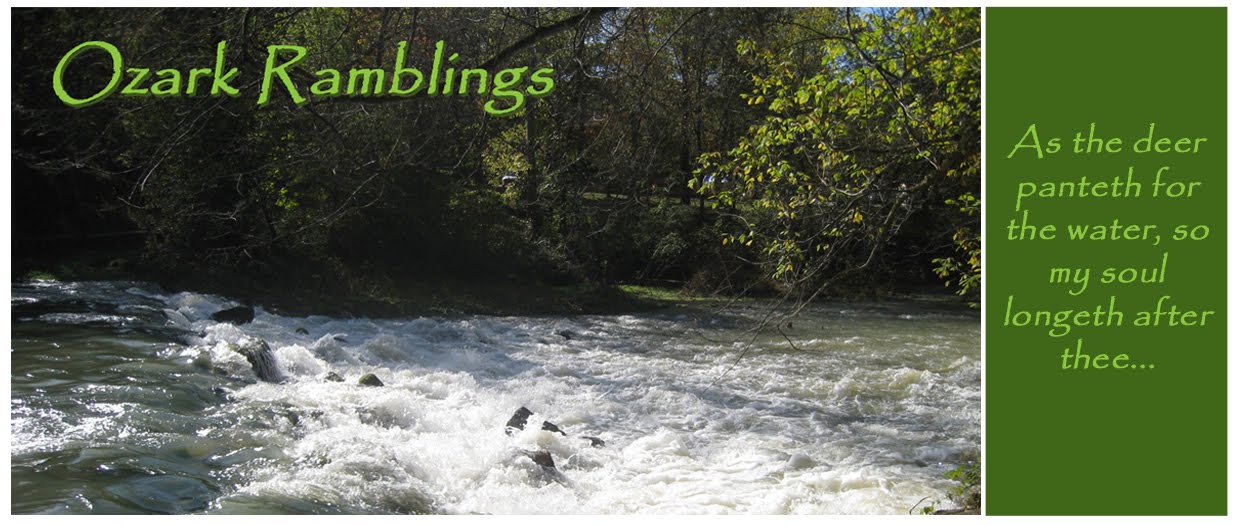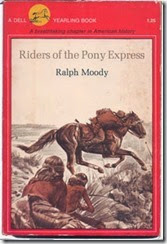Earlier this week I shared about the Pony Express  National Museum. Now if that left you wanting to know more I’ve got two rescued books on the subject.
National Museum. Now if that left you wanting to know more I’ve got two rescued books on the subject.
Of course Landmark Books would have to include a title on the Pony Express—they covered everything else in American history.
The Pony Express
Adams, Samuel Hopkins, and Lee J. Ames (Illus.). New York: Random House, 1950.
While the Pony Express only ran for eighteen months, this book covers the inception of the idea by Russel, Majors, & Waddell in 1859 through the author’s own encounter with a pony rider around 1900. It covers the buying of the horses and the recruiting of riders and other staff. Did you know they had to hire mule drivers whose job was to march the animals up and down the path to tramp the snow down before the pony rider came through? There are chapters for the first westward and eastward trips and chapters about the struggles with Indians and outlaws. A boy seeking adventure might find the “business” chapters—like not receiving funds from the government, a little dull. And I felt like I was watched a friend pass away as the telegraph lines were strung and the last mail run was made. The final chapter lets us know what happened to many of the riders and businessmen.
Now, if you want a real “you were there” race across the continent with the mail may I suggest…
Riders of the Pony Express
Moody, Ralph. Boston: Houghton Mifflin, 1958. 180 pp.
Mr. Moody is better known for his autobiographical Little Britches series (which I recommend), but he was also contracted by Houghton Mifflin Publishing to write several titles for their North Star Books series (their attempt to compete with Landmark Books I believe). Somewhere I read that Moody had ridden along most of what was left of the mail route and that wouldn’t surprise me given the detailed descriptions and maps throughout the book. In the first 12 chapters of the 16 chapter book we travel along with each rider as they switch horses and deal with bad weather and obstacles on the first runs (one traveling west and one traveling east). Apparently, the owners felt a little competition might keep the riders moving as fast as possible so it was the mustangs of the west vs. the race horses of the east, the prairie riders vs. those hearty souls who had to find their way through the mountains. The action switches back and forth between the east and west bound riders. The chapters begin with a small continental map showing the progress of both sides and within each chapter is a more detailed map showing the paths of individual riders.
The remaining chapters deal with specific riders and specific rides. For example, Pony Bob Haslam once rode 385 miles in 78 hours with only 11 hours rest—truly a record of endurance. This same man also carried the mail for 120 miles in 8 hours and 10 minutes despite suffering and arrow shot in the arm and a broken jaw. It was the fastest trip ever made by the Pony Express and delivered Abraham Lincoln’ inaugural address.
Both authors make clear that the Pony Express played a large role in keeping California from joining the Southern Cause during the Civil War. It may never have made sound business sense, but you can’t deny its success from that national point of view.
I found both my books from private collections that had been donated to a library book sale.
You can find a list of all my Rescued Books here


No comments:
Post a Comment